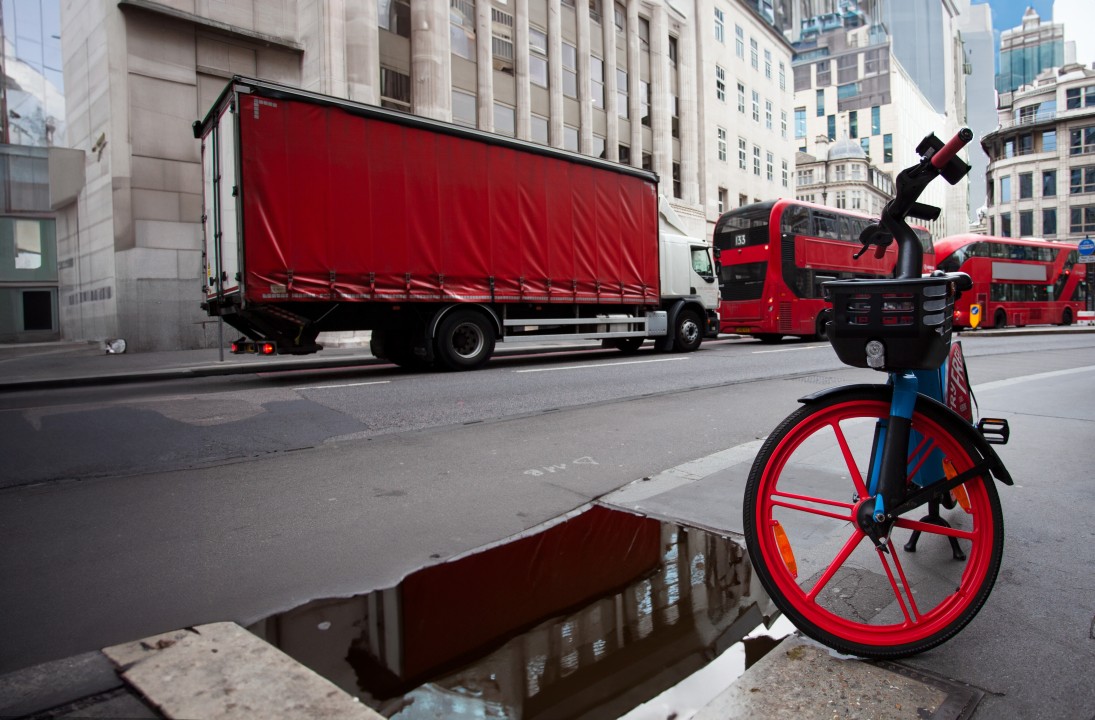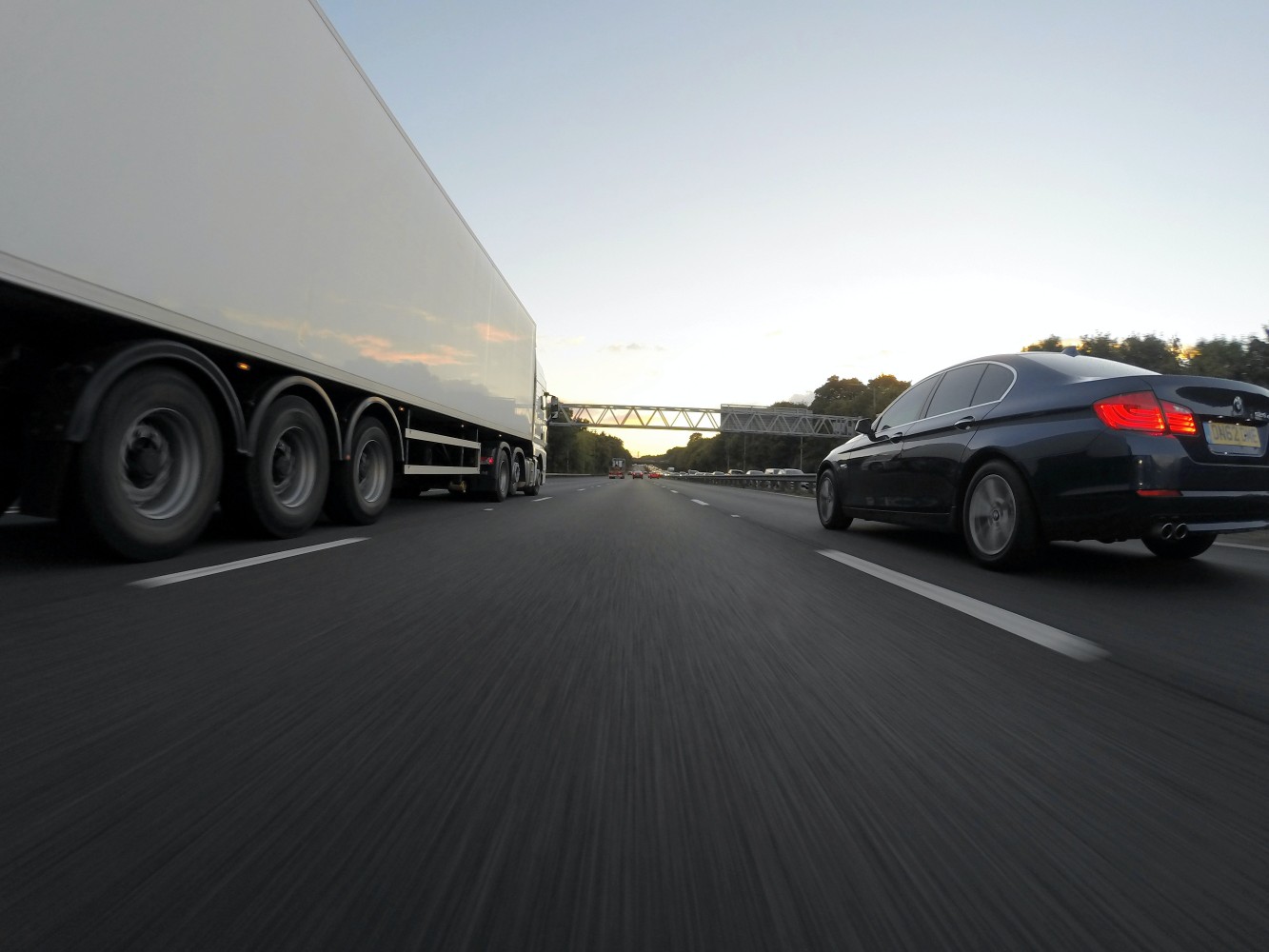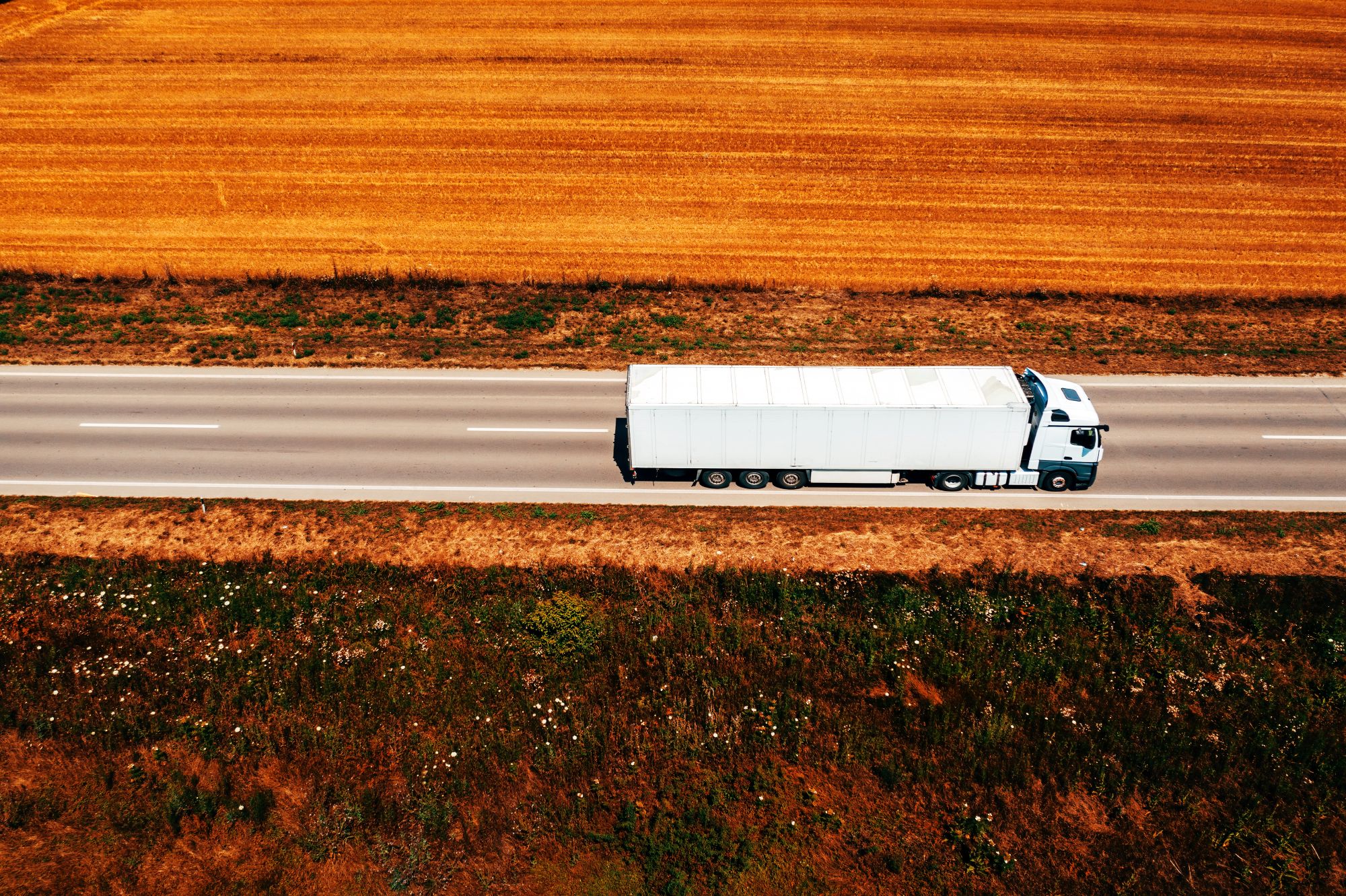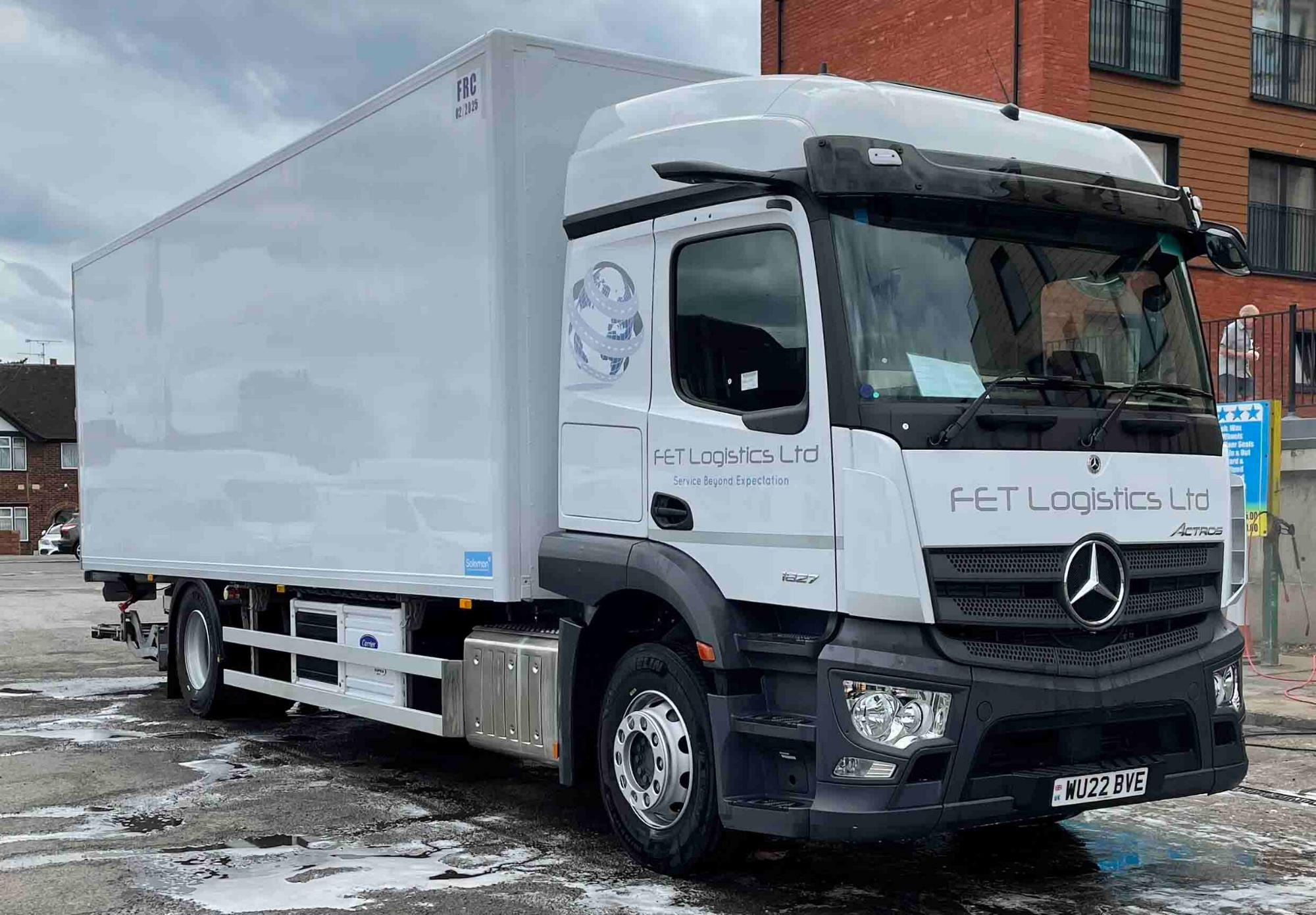
Susie Jones
Penki paneigti sunkvežimių transporto mitai
Sukurta: 19-08-2024
•
Atnaujinta: 19-08-2024
Sunkvežimių vairavimas šimtmečius buvo pasaulinės prekybos pagrindas - jais prekės ir būtiniausi daiktai buvo gabenami visame pasaulyje. Tačiau, nepaisant to, kad sunkvežimių vairavimas yra labai svarbus, jis ilgą laiką buvo apipintas mitais ir klaidingais įsitikinimais.
Nors kai kuriuos iš šių mitų galima priimti su kaupu, kai kurie iš jų gali pakenkti sunkvežimių pramonei ir joje dirbantiems žmonėms. Todėl labai svarbu paneigti šiuos klaidingus įsitikinimus, kad sunkvežimių vairavimas išliktų patrauklus karjeros pasirinkimas ateities kartoms. Savo vairuotojų bendruomenės "Facebook" tinkle paklausėme, kokius didžiausius mitus jie yra girdėję per savo karjerą.
1. Sunkvežimių vairuotojai sėdi visą dieną
"Sunkvežimių vairuotojai visą dieną tik sėdi." Frazė, kurią dažnai girdi sunkvežimių vairuotojas Lukas.
Sunkvežimių pasaulis - tai ne tik vairavimas. Sunkvežimių vairuotojai dažnai dirba kartu su kitais terminaluose, dokuose ir sandėliuose iškraudami ir pakraudami krovinius. Už vairo taip pat ne viskas vyksta sklandžiai. Sunkvežimių vairuotojai turi sutelkti dėmesį į transporto priemonių manevravimą ir laikytis griežtų tachografų taisyklių. Būtina gerai žinoti, kokiose vietose galima važiuoti, o kuriose ne, taip pat žinoti apie galimus pavojus.
2. Visi sunkvežimių vairuotojai yra vyrai
Tai pasenęs stereotipas, neatspindintis šiuolaikinės sunkvežimių realybės. Pastaruoju metu sunkvežimių vairuotojų vyrų ir moterų santykis labai pasikeitė. 2021 m. moterys vairuotojos sudarė tik 1 % iš 315 000 sunkvežimių vairuotojų Jungtinėje Karalystėje. Tačiau šis skaičius kasmet didėja, nes pramonė vystosi ir skatina įtrauktį. Tokios vairuotojos kaip Jodi Smith yra neįkainojamos moterų gynėjos šioje pramonės šakoje. Jodi savo sunkvežimių vairavimo patirtį fiksuoja internete ir įkvepia kitus sėsti prie vairo.
3. Sunkvežimį gali vairuoti bet kas
Daugelis mano, kad jei gali vairuoti automobilį, tai gali vairuoti ir sunkvežimį. Tačiau sunkvežimio vairavimas reikalauja unikalių įgūdžių, kurie gali tikti ne visiems. Norint vairuoti komercinį sunkvežimį, reikia įgyti vairuotojo profesinės kompetencijos pažymėjimą (CPC). Norėdami gauti CPC, vairuotojai turi išlaikyti penkis testus:
Teorija
Atvejo analizė
Pratimai bekelėje
Važiavimas kelyje
Praktinės demonstracijos
Be to, sunkvežimio vairavimas reikalauja ne kiekvienam tinkamo gyvenimo būdo - ilgos ir izoliuotos valandos kelyje dažnai sukelia netikėtų iššūkių.
4. Stabdymo kelias
"Automobilių vairuotojai mano, kad sunkiasvorių sunkvežimių stabdymo kelias yra toks pat kaip lengvųjų automobilių", - sunkvežimio vairuotojas Paulas yra girdėjęs per daug kartų.
Sunkvežimio stabdymo kelias gerokai skiriasi nuo lengvojo automobilio stabdymo kelio dėl kelių veiksnių: - Svoris: bendras pakrauto sunkvežimio svoris yra didesnis nei įprasto automobilio, todėl jam sulėtinti ir sustabdyti reikia daugiau jėgos.
- Mechanika: sunkvežimių stabdžių sistema pritaikyta sunkiems kroviniams, t. y. jų ašys ir stabdžių sudedamosios dalys yra didesnės ir tvirtesnės, todėl jų reakcijos laikas yra ilgesnis, o stabdymo kelias - ilgesnis.
Važiuojant 60 km/h greičiu, sunkvežimiui stabdyti reikia 132 m, o lengvajam automobiliui - 73 m. Tai rodo, kaip svarbu palikti pakankamai vietos tarp savęs ir sunkvežimio, kai intensyviai stabdoma.

5. Sunkvežimių vairuotojai yra purvini
Per daugelį metų sunkvežimių vairuotojai buvo laikomi purvinais ir tinginiais - tai neteisingas apibendrinimas. Daugelis tolimųjų reisų vairuotojų daug laiko praleidžia toli nuo namų ir savo kabinose, o tai reiškia, kad jų higiena ir kabinų švara yra prioritetas.
Labai svarbu išsklaidyti mitus ir klaidingus įsitikinimus apie sunkvežimio vairuotojo profesiją, kad geriau ją suprastumėte. Kai kurių paplitusių mitų paneigimas sukurs patrauklesnę pramonės šaką ateities kartoms ir padidins informuotumą apie sunkvežimių vairuotojo profesiją kaip apie aukštos kvalifikacijos profesiją, kuri atlieka svarbų vaidmenį mūsų ekonomikoje.
Ar sunkvežimiai būna vieniši?
Prieš svarstant apie sunkvežimio vairuotojo karjerą, labai svarbu suprasti, ką reiškia šis darbas. Daugelis sunkvežimių vairuotojų susiduria su vienatvės problema - ilgos valandos kelyje, kai beveik nebendraujama, vieniems yra sunku, o kitiems - svajonė.
Be to, daugeliui žmonių gali pakenkti laikas, praleistas atskirai nuo artimųjų. Tačiau vairuotojams tapo lengviau bendrauti su draugais ir šeimos nariais telefonu arba vaizdo skambučiu. Taip pat yra daug forumų ir naudingų patarimų, kuriais sunkvežimių vairuotojai gali pasinaudoti, kad sumažintų vienatvę.
Ar sunkvežimio vairuotojas gali dirbti antrą darbą?
Jungtinėje Karalystėje išgyvenant pragyvenimo išlaidų krizę, vis daugiau vairuotojų svarsto galimybę dirbti antrą darbą. Tačiau antrasis darbas kelia problemų ir pavojų, ypač sunkvežimių pasaulyje. Prieš imdamiesi tolesnių veiksmų, vairuotojai turi apsvarstyti, ar jų įmonėje galioja antrinio įdarbinimo politika.
Kurdamos antrinio įdarbinimo politiką, įmonės ir operatoriai turėtų atsižvelgti į poveikį vairuotojų darbingumui, lankomumui ir nuovargiui. Jau nekalbant apie vairuotojų darbo valandų ir darbo laiko taisyklių laikymąsi.



